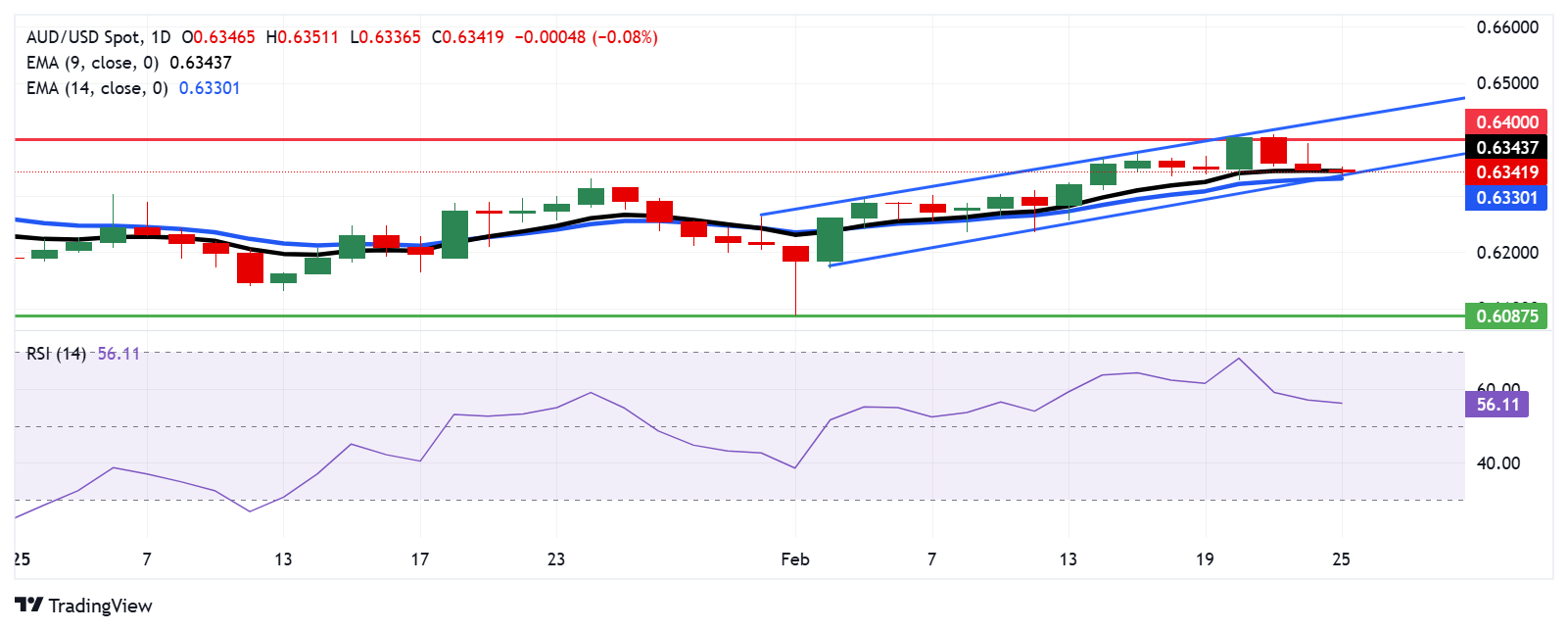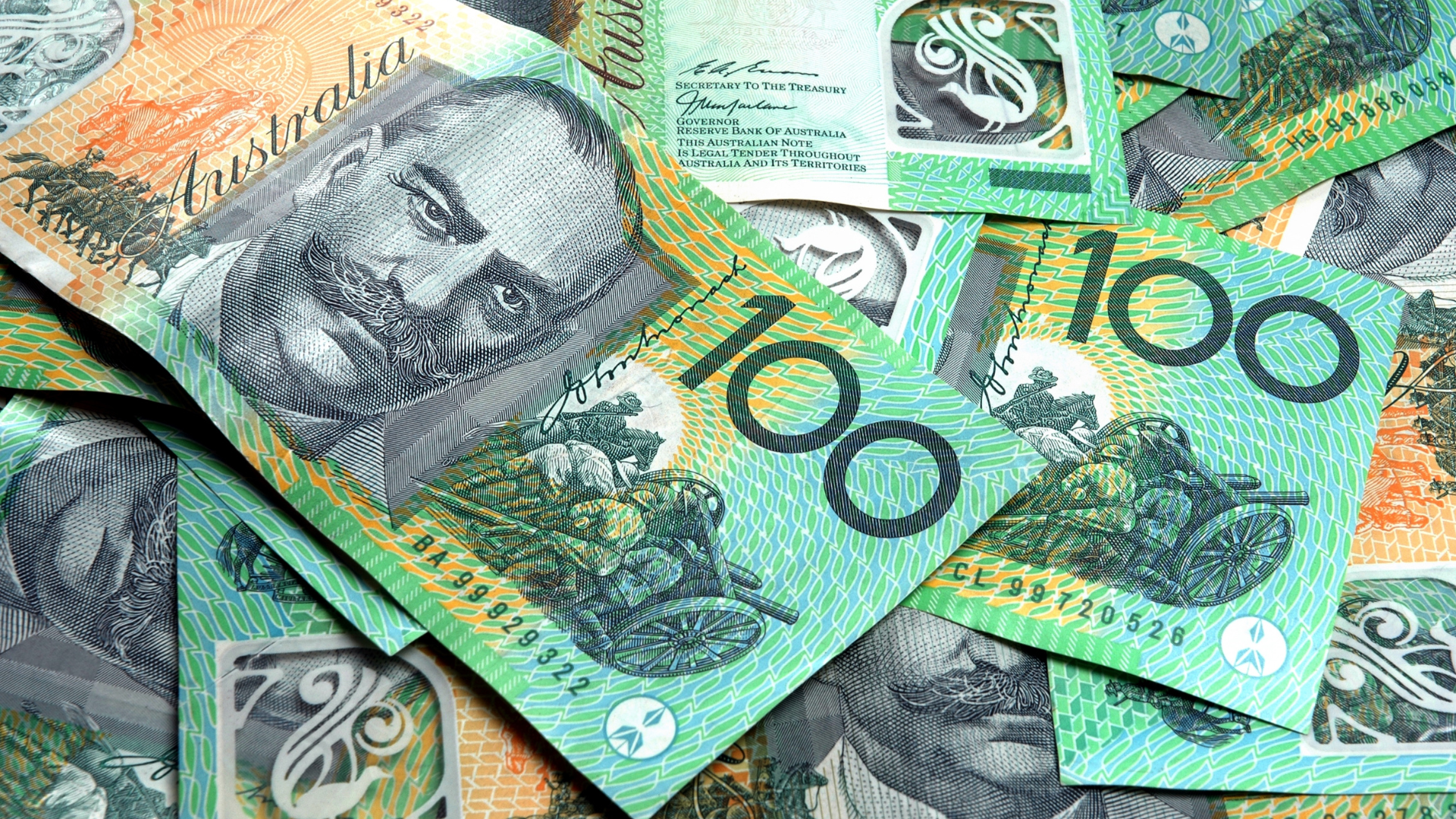The Australian dollar remains resilient, holding its ground despite a broader shift toward risk aversion, as investors weigh global economic concerns and shifting monetary policy expectations. The currency’s stability comes as safe-haven flows drive demand for the US dollar, yet the Aussie has managed to withstand the pressure.
Typically, heightened risk-off sentiment weighs on the Australian dollar, given its close ties to commodity prices and global trade. However, steady demand for key Australian exports and expectations that the Reserve Bank of Australia (RBA) may keep rates higher for longer have provided underlying support, limiting downside risks.

AUD/USD 1-D Chart as of February 25th, 2025 (Source: TradingView)
Meanwhile, the US dollar has maintained its strength, bolstered by elevated Treasury yields and lingering uncertainty over the Federal Reserve’s next policy move. While traders have increasingly priced in potential Fed rate cuts, mixed economic data has left markets uncertain about the timing and extent of policy easing. This has kept Aussie bulls cautious, even as the currency resists deeper losses.
From a technical standpoint, AUD/USD continues to trade within a tight range, with support near 0.6350 and resistance at 0.6400. A break above this level could open the door for further gains, while failure to sustain momentum might lead to a retest of recent lows.
Looking ahead, traders will focus on US inflation data, RBA policy signals, and broader market sentiment. Any indications of slower US inflation could further pressure the US dollar, allowing the Australian dollar to extend gains. Conversely, if market fears escalate, safe-haven demand could weigh on risk-sensitive assets like the Aussie.
For now, the Australian dollar remains steady, with RBA expectations and export strength balancing risk-off sentiment. Unless global risk appetite deteriorates significantly, the currency could continue to find support and resist deeper declines in the near term.
















